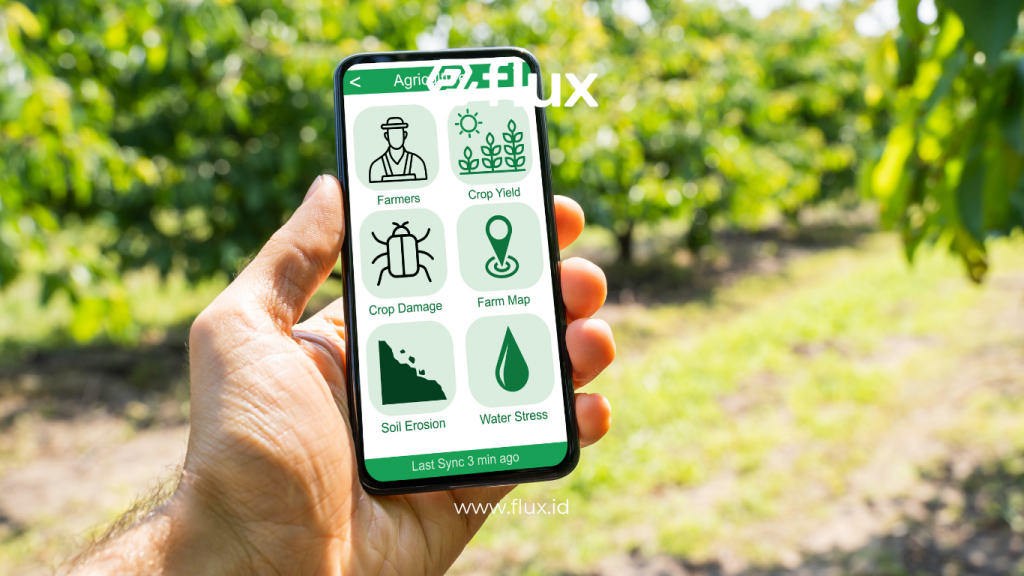Don't miss our holiday offer - 20% OFF!
The importance of maintaining parks in large cities cannot be underestimated. Parks are not only recreational spaces but also serve as the lungs of the city, helping to maintain environmental balance. To effectively maintain parks, the Park Department needs accurate data on weather conditions. This is where weather sensor technology plays a crucial role. This article will discuss how Weather Sensors for Park Maintenance support Park Departments in better maintaining parks, including the technology used and the benefits produced.
Contents
What Are Weather Sensors?

Read More : How Weather Sensors Support Parks Department: Technology and Benefits for Better Park Maintenance
Weather sensors are devices used to measure various weather parameters such as temperature, humidity, wind speed, wind direction, rainfall, and air pressure. These sensors provide real-time data that is essential for various purposes, including park maintenance.
Types of Weather Sensors
- Thermometer: Measures air temperature.
- Hygrometer: Measures air humidity.
- Anemometer: Measures wind speed and direction.
- Pluviometer: Measures rainfall.
- Barometer: Measures air pressure.
The Role of Weather Sensors in Park Maintenance

Read More : Understanding How Weather Sensors Work: Improving Urban Park Management with Accurate Weather Data
Weather sensors contribute significantly to park maintenance. For example, they help in several key areas:
1. Efficient Watering
Firstly, accurate rainfall data allows the Park Department to determine when and how much water is needed for plants. This prevents overwatering, which can damage plants and conserve water.
2. Plant Health Monitoring
Additionally, humidity sensors monitor soil moisture, ensuring plants receive adequate water. This is especially critical during dry seasons.
3. Preventing Damage from Extreme Weather
Moreover, wind and air pressure data help predict extreme weather events such as storms. Consequently, the Park Department can take preventive measures like securing trees or relocating vulnerable plants.
Modern Weather Sensor Technology

Read More : How Weather Sensors Ensure Accurate Predictions
The technology behind weather sensors has evolved rapidly, offering advanced and precise solutions. Some of the latest technologies include:
1. IoT (Internet of Things) Sensors
IoT sensors can connect to the internet and transmit data in real-time to a control center. As a result, monitoring becomes more efficient, and responses to weather changes are quicker.
2. Wireless Sensors
Wireless sensors are easy to install and move as needed. Since they do not require complex wiring, they are more adaptable to various locations.
3. Satellite-Based Sensors
Satellite-based sensors provide broader and more accurate data. They can monitor weather over extensive areas, offering more comprehensive information.
Benefits of Using Weather Sensors

Read More : Weather Sensors Controlling External Weather Factors
Using weather sensors in park maintenance offers numerous benefits, including:
1. Water Use Efficiency
With accurate data, watering can be optimized, reducing water waste and lowering operational costs.
2. Improved Plant Health
Continuous weather monitoring ensures that plants receive the proper care, leading to better health and growth.
3. Cost Savings
By preventing damage from extreme weather and optimizing resource use, the Park Department can achieve significant cost savings.
4. Environmental Contribution
Efficient park maintenance promotes a healthier and greener environment, contributing to urban sustainability.
Case Studies: Implementation of Weather Sensors in Various Cities

Read More : Rain Sensor for Weather Warning and Monitoring
1. Singapore
Singapore is renowned for its well-maintained parks. The Park Department in Singapore uses weather sensors to monitor park conditions and automate watering systems. Consequently, parks in Singapore remain green and vibrant.
2. Tokyo, Japan
In Tokyo, weather sensors are employed to monitor air and soil conditions in city parks. The data collected informs decisions about park maintenance, such as planting new trees or improving soil quality.
3. Melbourne, Australia
Melbourne utilizes weather sensor technology to forecast extreme weather and implement preventive measures. For instance, if strong winds are predicted, vulnerable trees can be secured or relocated to prevent damage.
Challenges and Solutions in Using Weather Sensors

Read More : Impact of Weather Sensors in Forest Fire Monitoring
Challenges
- Implementation Costs: Weather sensor technology can be costly, especially on a large scale.
- Sensor Maintenance: Regular maintenance is required to ensure data accuracy.
- Data Integration: Integrating data from various sensors into a unified system can be technically challenging.
Solutions
- Long-Term Investment: Although the initial cost is high, the long-term benefits such as operational cost savings and increased efficiency can offset these costs.
- Regular Maintenance: Allocating a budget for routine maintenance of sensors.
- Integrated Systems: Utilizing software platforms that integrate data from various sensors for better analysis.
Conclusion
In conclusion, weather sensor technology plays a vital role in aiding Park Departments to maintain parks more effectively. By providing accurate and real-time weather data, park maintenance becomes more efficient, plant health improves, and operational costs decrease. Despite some challenges in implementing this technology, the long-term benefits make it a valuable investment. Ultimately, the use of weather sensors not only enhances park maintenance but also supports environmental sustainability and community well-being.





